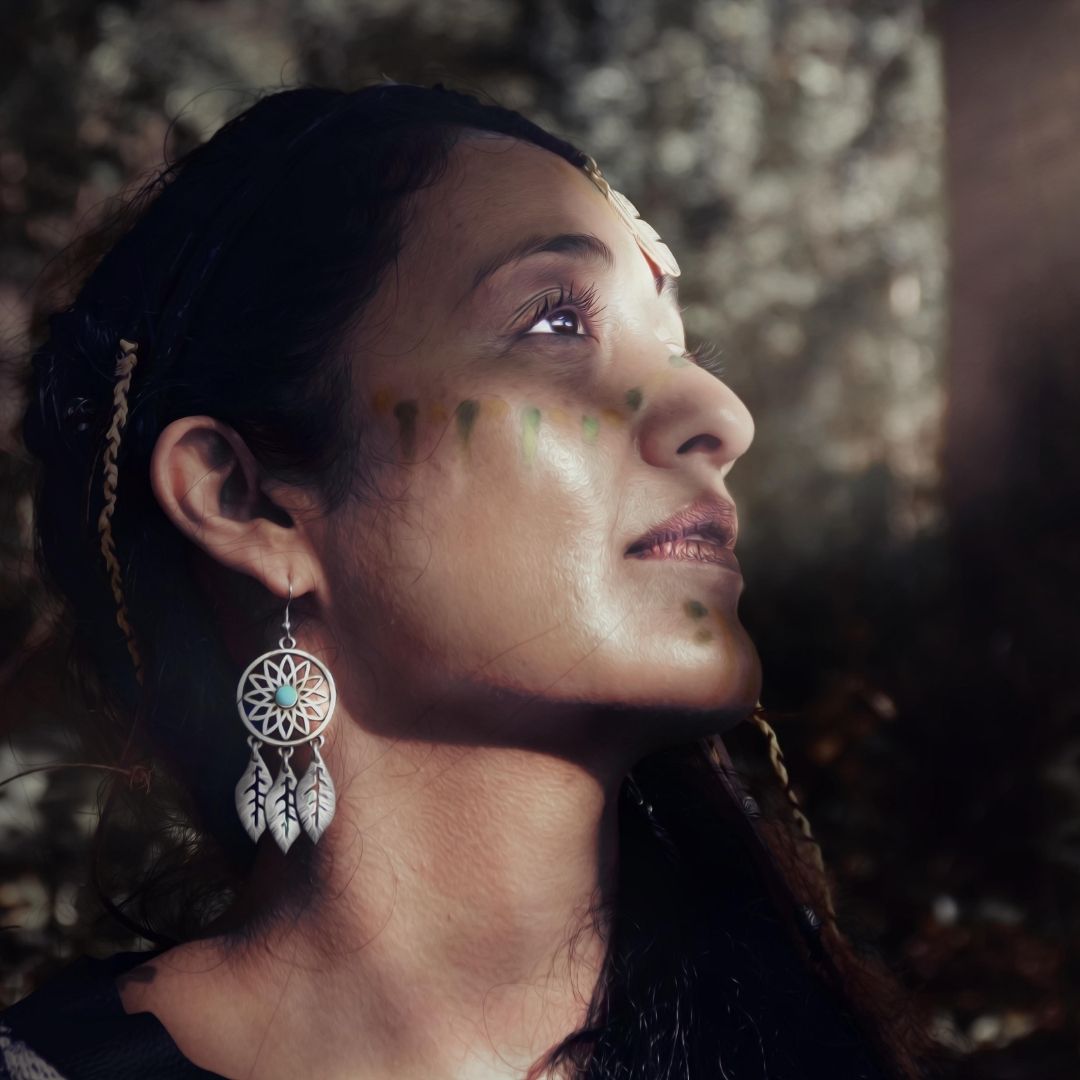3. Indigenous Communities

MOST AFFECTED GROUPS
- Native American
- Alaska Native
- Native Hawaiian
- Pacific Islander
HEALTH + SAFETY
AI/AN people have the lowest life expectancy of any major U.S. racial group; in 2019, AI/AN life expectancy was about 7 years lower than that of white people, and the COVID-19 pandemic widened this gap. More Info
AI/AN communities experience substantially higher rates of diabetes, chronic liver disease, and unintentional injury, as well as higher rates of suicide and substance use disorders than the U.S. average. More Info
WORKPLACE + INCOME
Recent Census and policy analyses put AI/AN poverty around 21–23%, more than double the rate for white Americans (about 9–10%). More Info
Native women’s wage gap is among the worst in the country: Native women are typically paid about 52–59 cents per dollar paid to white, non-Hispanic men. More Info
SCHOOL + EDUCATION
Native students are more likely to attend high-poverty, under-resourced schools and report higher levels of bullying and harassment tied to race/ethnicity. More Info
AI/AN adults have lower rates of bachelor’s degree attainment than the U.S. average; many tribal communities report college completion rates in the teens or low 20% range, compared with nearly 50% of all U.S. adults having an associate degree or higher in 2022. More Info
